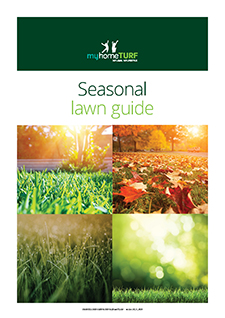When it’s too Hot to Mow Your Lawn!
A healthy lawn provides you and your family with a green, lush and welcoming environment. However, when temperatures rise and the harsh summer sun beats down on your lawn, the ...

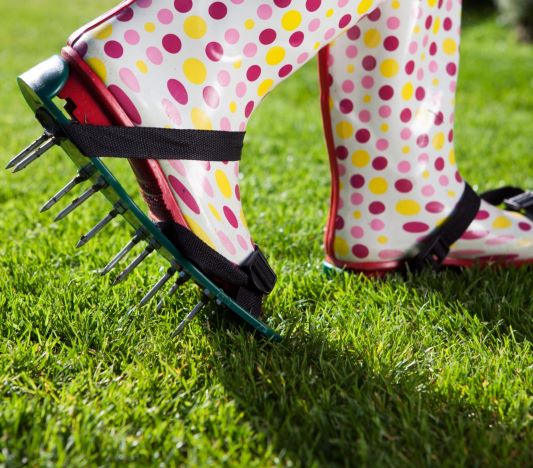 We know our lawn needs three things to stay healthy and green: sunshine, water and a balanced blend of nutrients.
We know our lawn needs three things to stay healthy and green: sunshine, water and a balanced blend of nutrients.
But did you know your lawn also needs air?
Air is particularly important because:
In this article, we explain the process of aeration, provide a step-by-step guide to successfully aerating your lawn, and list a range of lawn care products recommended by myhomeTURF for keeping your lawn in top shape.
Aeration is the process of perforating soil to allow air, water and nutrients to reach the roots of your lawn.
This ensures strong roots which can grow deeper and support more vigorously growing grass, and can stimulate the activity of beneficial soil microbes.
It’s something you can do yourself or, if you have a large area and not enough time, you could hire a professional lawn care service to take care of it for you.
Carried out regularly, aeration can protect your lawn against common problems, such as soil compaction, poor drainage, bare patches, excessive thatching and weed outbreaks.
Aeration is an important tool for helping your lawn recover after significant rain.
It’s also recommended during prolonged dry conditions and drought to make it easier for limited rain and water – especially if you have water restrictions – to reach the root zone.
Your lawn also would benefit from aeration if:
The best time to aerate your lawn is during the growing season, when the grass can quickly fill in any open spots after soil plugs or cores are removed.
Ideally cool season grasses, such as Ryegrass, Fescues, Bluegrass and Bentgrass, would be aerated in early spring or autumn, and warm season grasses, such as Buffalos, Zoysias, Couch and Kikuyu, in late spring.
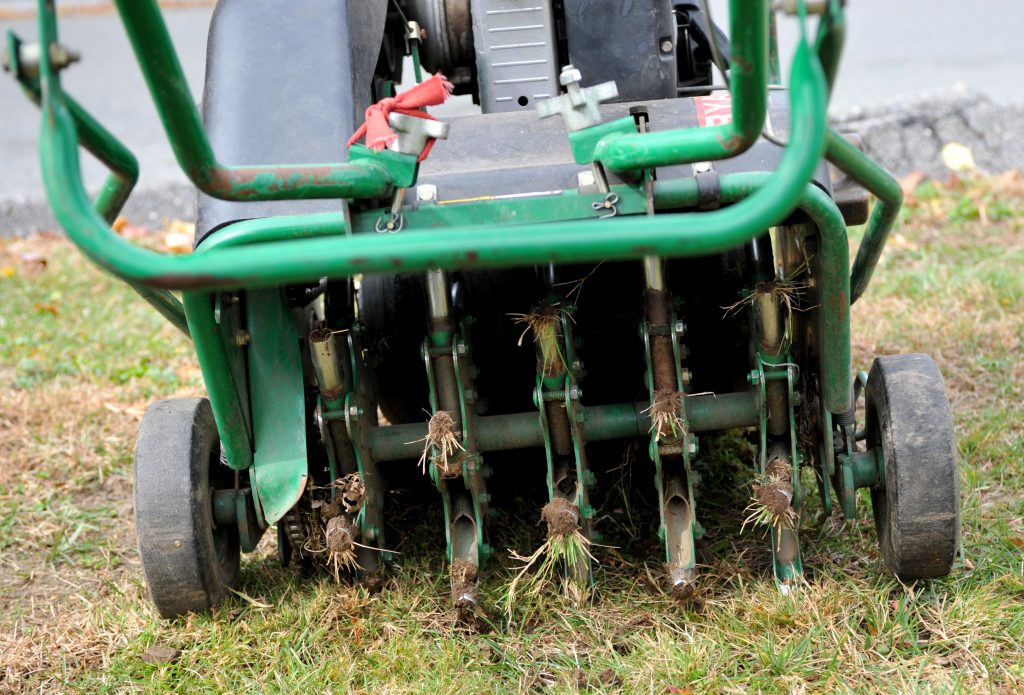 Clay-based soils and those containing low levels of organic matter are more prone to compaction.
Clay-based soils and those containing low levels of organic matter are more prone to compaction.
There’s a guide to softening hard lawns here.
If your lawn experiences only minor compaction, it’s worth aerating at least once a year. Badly compacted lawns on clay soil will require more frequent aeration and may need thorough renovation to bring them up to scratch.
Signs of compaction can include:
Appearance of weeds that are more tolerant of waterlogging, such as Carrot Weed and Nut Grass.
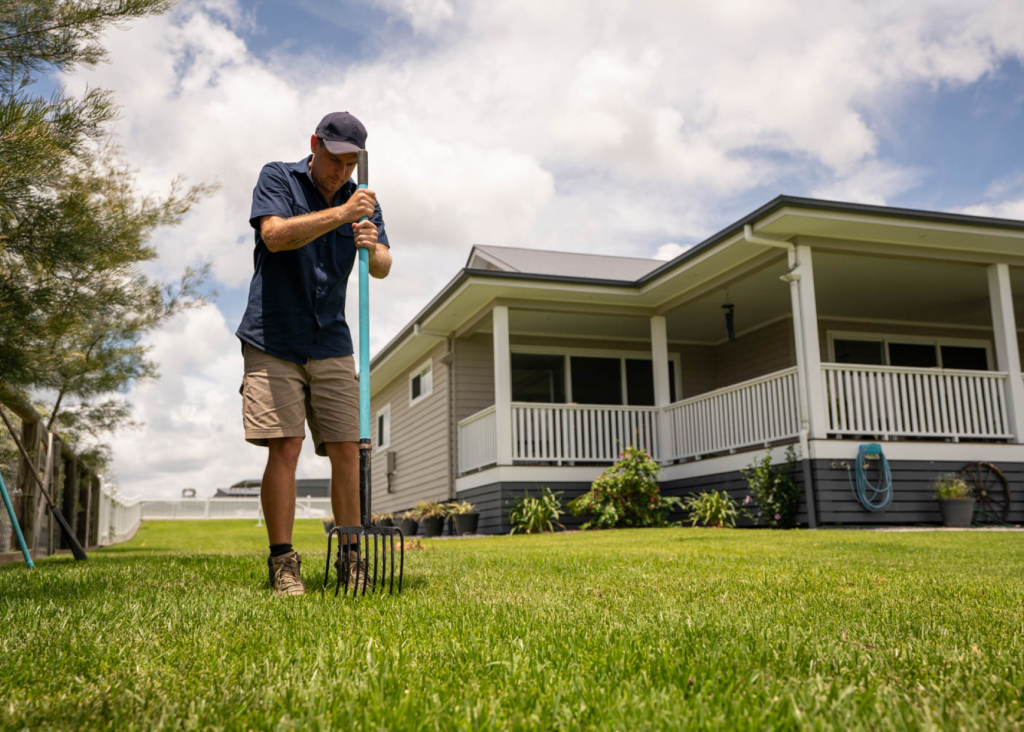 Aeration involves using spikes or coring machines to punch holes in your lawn and remove chunks of grass and dirt.
Aeration involves using spikes or coring machines to punch holes in your lawn and remove chunks of grass and dirt.
This can be done manually with a garden fork or specialised tools, or using a motorised implement or attachment towed behind a ride-on mower or tractor for large areas.
When choosing a tool or machine, aim for one that removes soil plugs about 5cm deep and 2cm across.
Available from most hardware or garden centres, these are usually one size fits all and strap on over your shoes or boots. You can then walk around your yard – remember to lift your knees high to avoid tripping over – and the spikes will put small holes in your lawn.
These have a long handle attached to a bar you can step on to push them into the ground. They can have tynes, spikes or hollow prongs that remove a plug of grass and soil.
For people with mobility issues, these are easier to use than aerator sandals, but they’re often lightweight don’t last very long, and models with plastic wheels are suitable only for use on very sandy soil.
Self-propelled machines you walk behind like a home lawn mower, these are better and faster at producing holes in your lawn. They range from electric and battery powered models to petrol and even stand on machines.
Some claim to be able to cover a 1000 square metre block in as little as 15 minutes.
Needless to say prices vary from several hundred dollars to more than $7000, depending on how many bells and whistles are included. Some machines are available for hire.
Test pH and apply soil additives or conditioners such as lime or gypsum, if needed.
Lime helps neutralise acid soils – the ideal pH range for most lawn grasses is 6-7 – and gypsum helps break down clay soils, making them less prone to compaction, more porous and better able to absorb moisture. There’s a guide to using gypsum here.

LawnPride TraceMaxx 5L Concentrate liquid provides a complete package of nine essential trace elements to prevent plant nutrient deficiencies. It is suitable for use on Zoysia, Kikuyu, Couch and Buffalo grasses.
SHOP NOW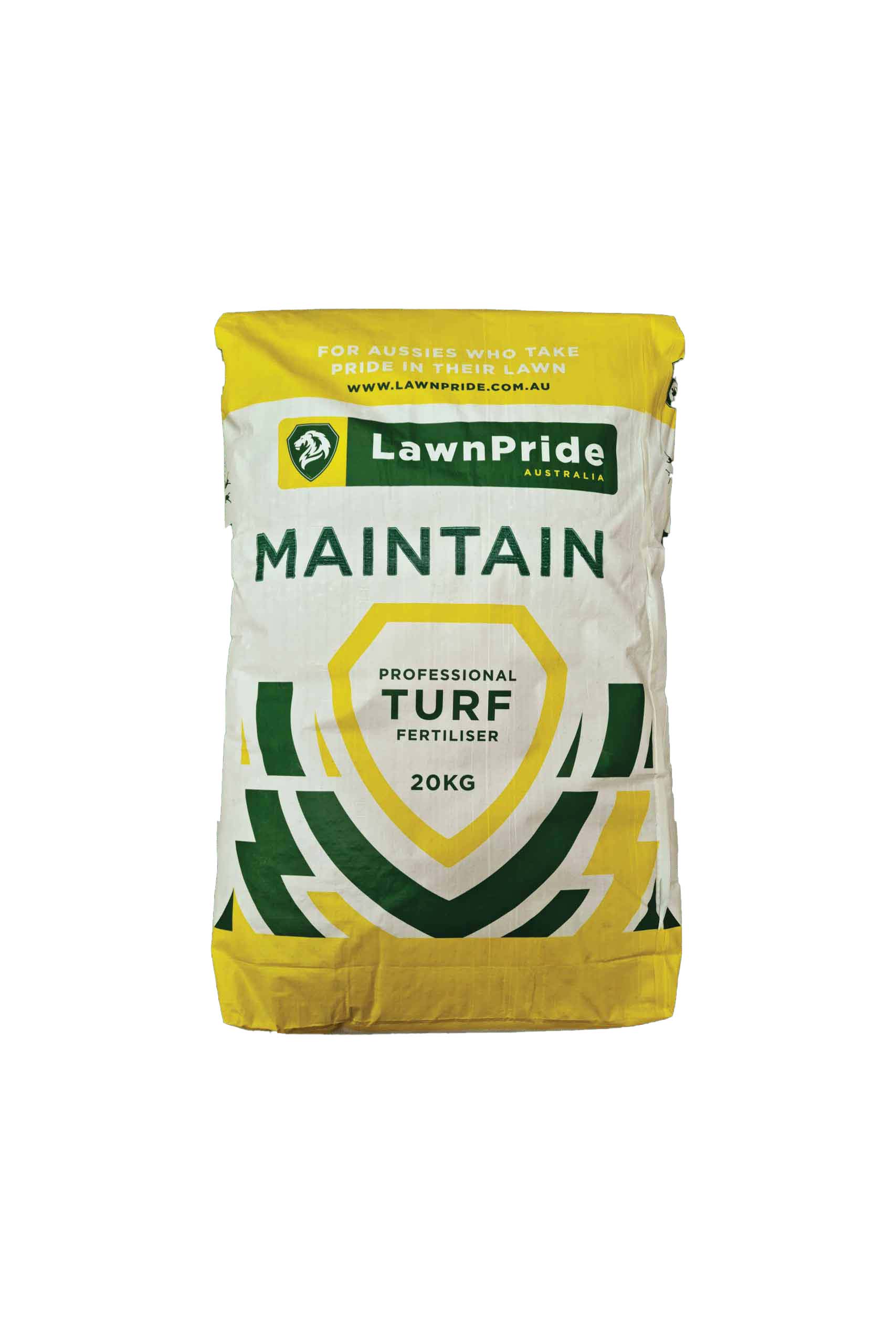
Lawn Pride Maintain 26-1-9 + 3.4 Fe 20kg is a popular granular all-round lawn fertiliser, containing Nitrogen, Phosphorus, Potassium and Iron. It is suitable for use on Zoysia, Kikuyu, Couch and Buffalo grasses.
SHOP NOW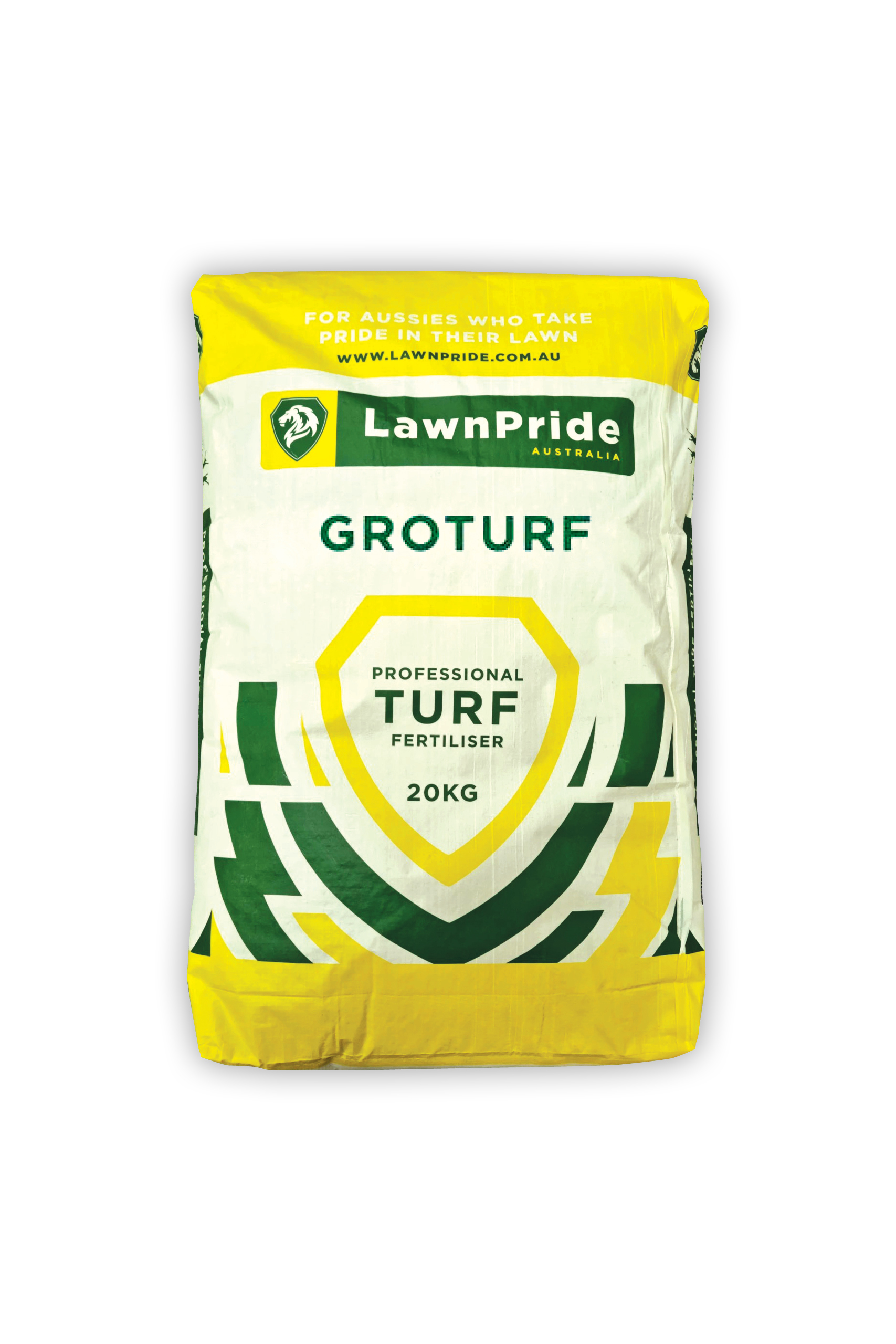
LawnPride Groturf 15-4-11 + Traces 20kg is an instant release granular fertiliser containing extra trace elements to initiate rapid growth of your lawn. It is suitable for use on Zoysia, Kikuyu, Couch and Buffalo grasses.
SHOP NOW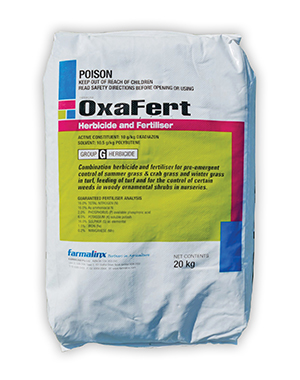
OxaFert 16-2-6 20kg is a combination product containing Nitrogen, Phosphorus, Potassium and Sulphur fertiliser along with a pre-emergent herbicide for the control of Summer Grass, Crowsfoot Grass, Winter Grass and Creeping Oxalis. It is suitable for use on Zoysia, Kikuyu, Couch and Buffalo grasses.
SHOP NOWRemember – aeration is a beneficial practice for achieving a beautiful lawn, but many people don’t understand the process.
Make aeration part of your regular lawn care regime and your grass will thank you for letting it breathe again.
You can also browse a range of leading brand name lawn care products at myhomeTURF’s online store.
Sign up for our Newsletter to receive your free guide.
